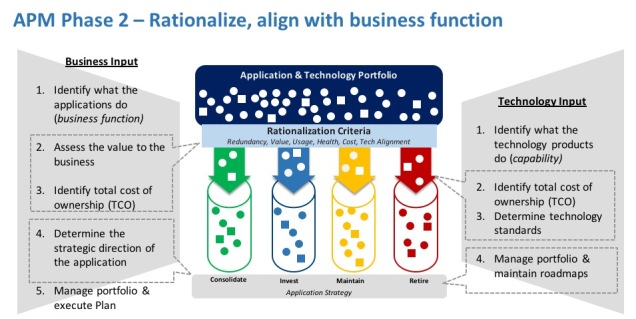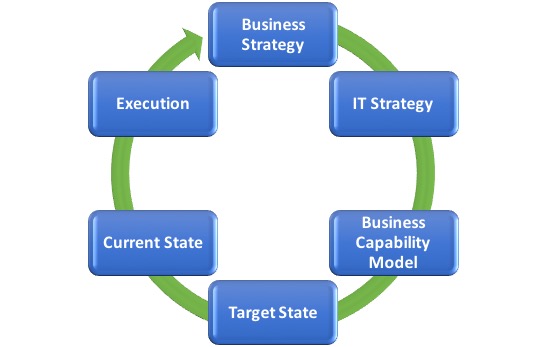IT Disaster Recovery is not a once a year event. Organizations that integrate DR with other processes (SDLC, Change Management, Architecture Review) spend less time and money preparing/testing and they are much more prepared in the event of a disruptive event.
An effective IT Disaster Recovery discipline is integrated with SDLC, Architect Review, and Change Management processes to ensure businesses can recover and protect Business Systems and IT infrastructure in the event of a disaster.









You must be logged in to post a comment.